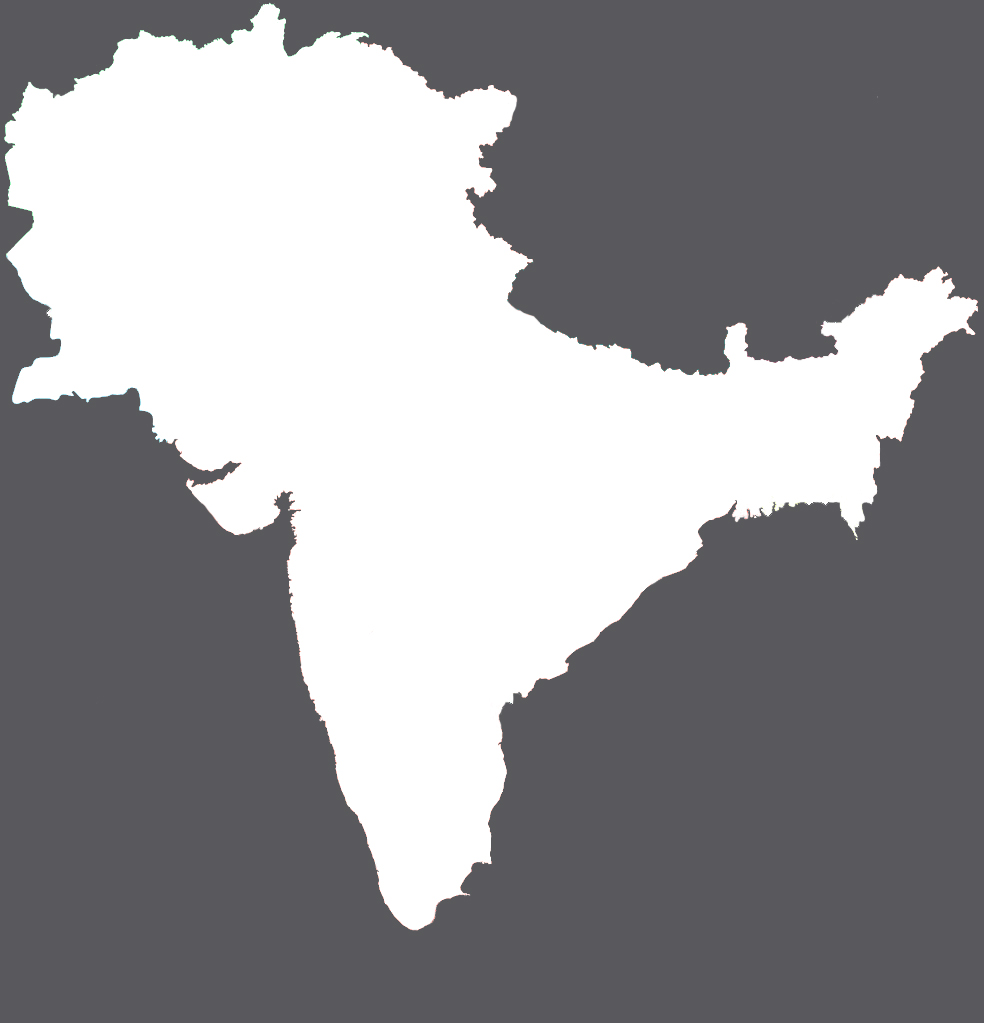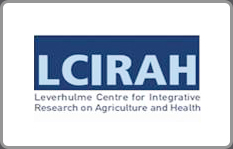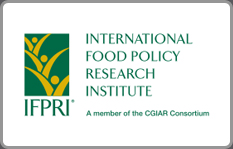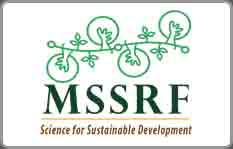Introducing pigeon pea as a major kharif pulse crop in maize-based cropping systems
Koraput district, the southernmost district in the state of Odisha, India, is famous for its rich biodiversity. More than 70 per cent of the farmers are small and marginal landholders with an average landholding of 1.63 hectare and operational holding of 0.6 hectare (GoO, 2011). The district has high level of poverty at 83 per cent as compared to the state average of 47 per cent. It is also a district with high burden of malnutrition with 49 per cent children under five years of age underweight and 57 per cent stunted (GoO, 2015).
Freshwater fish farming towards nutrition and livelihood security of small and marginal farmers
Koraput district in the state of Odisha, India is characterized by subsistence farming. A majority of the farmers (>70%) are small and marginal landholders with an average per capita land holding of 0.79 ha. The levels of poverty and malnutrition are also high. In order to provide the necessary nutrients for a healthy life, a balanced diet should include recommended amounts of different food groups including fish which provides protein and minerals required by the body.
Community Nutrition Garden in Maharashtra, India
The conceptualisation of nutrition garden under a Farming Systems for Nutrition approach aims at optimal utilization of land to grow vegetables that can contribute to the requirements of a balanced diet as well as address particular nutrition deficiencies.







